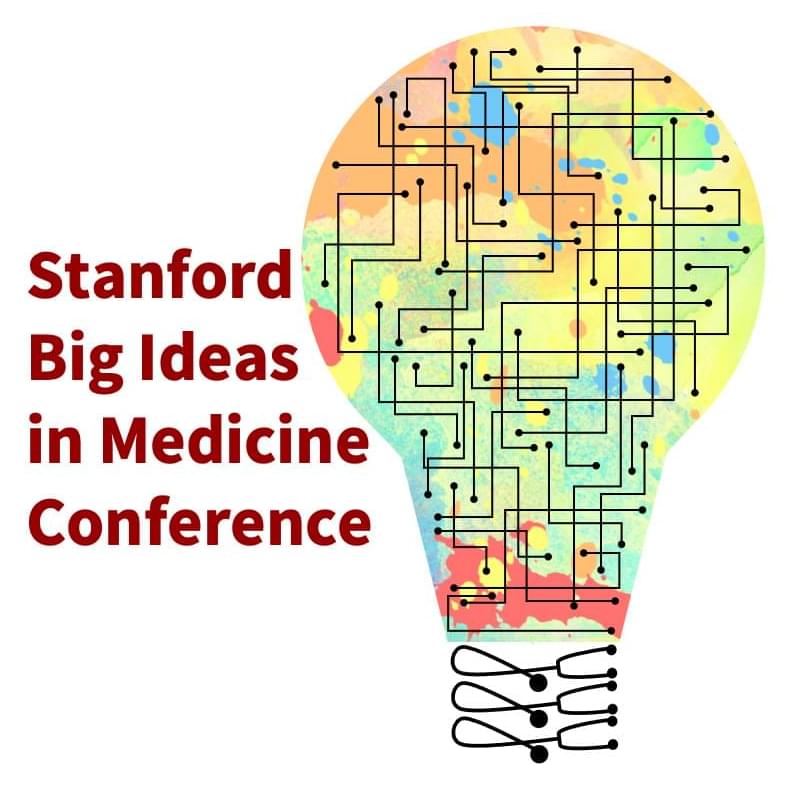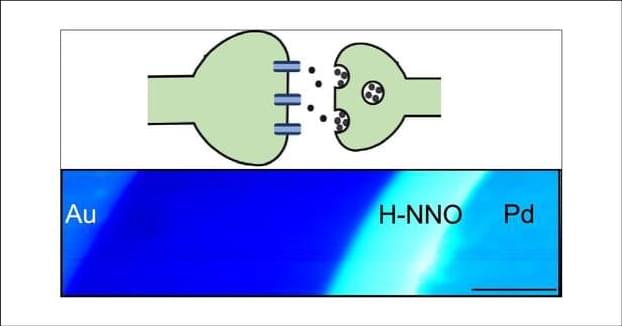Elon Musk said TED curator Chris Anderson’s suggestion to have a debate with Mark Zuckerberg, instead of a cage fight, “sounds like a good idea too.”



Hosted by: medical humanities and arts program, center for biomedical ethics, center for asian health research and education, center for innovation in global health, center for population health sciences, stanford center on longevity.
*Program is preliminary and subject to change.
Contact: [email protected]

A key aspect of how the brain learns and enables decision-making processes is through synaptic interactions. Electrical transmission and communication in a network of synapses are modulated by extracellular fields generated by ionic chemical gradients. Emulating such spatial interactions in synthetic networks can be of potential use for neuromorphic learning and the hardware implementation of artificial intelligence. Here, we demonstrate that in a network of hydrogen-doped perovskite nickelate devices, electric bias across a single junction can tune the coupling strength between the neighboring cells. Electrical transport measurements and spatially resolved diffraction and nanoprobe X-ray and scanning microwave impedance spectroscopic studies suggest that graded proton distribution in the inhomogeneous medium of hydrogen-doped nickelate film enables this behavior.


This is a major crisis in America and most likely globally now.
The US is in the midst of a catastrophic fentanyl epidemic that is causing an eye-watering number of deaths and tearing the fabric of American society apart.
The ultra-strong opioid being cut with virtually every street drug in the country killed a record 75,000 Americans in 2021, the equivalent of 1,500 lives lost every week.


Detecting extremely distant stars, or those closest in time to the big bang, can provide insights into the first few chapters of the history of our universe. In 2022, the Hubble Space Telescope broke its own record, and spotted the most distant star yet. This star, nicknamed Earendel, emitted its light within the universe’s first billion years.
Spotting, and confirming, the distance of the star is just the beginning, though. That’s where NASA’s James Webb Space Telescope comes in. Webb’s initial observations of Earendel have revealed insights into the star’s type, and even the galaxy surrounding the star. Future analysis of Webb spectroscopic observations of Earendel and its host galaxy, the Sunrise Arc, could also reveal information about brightness, temperature, and composition.
NASA’s James Webb Space Telescope has followed up on observations by the Hubble Space Telescope of the farthest star ever detected in the very distant universe, within the first billion years after the big bang. Webb’s NIRCam (Near-Infrared Camera) instrument reveals the star to be a massive B-type star more than twice as hot as our sun, and about a million times more luminous.

A protein famed among scientists and clinicians for its ability to suppress the development of many types of tumors may just be moonlighting as a cancer fighter, a recent study by researchers at Stanford Medicine found. The study, conducted in laboratory mice, suggests that the protein, p53, instead evolved to promote the repair of tissues and cells after injury.
The surprising finding is like learning that your favorite bit actor is actually an Oscar-winning director who dabbles in performance on the weekends.
“This turns what we thought we knew about p53 on its head,” said Laura Attardi, Ph.D., professor of radiation oncology and of genetics. “We need to consider that p53’s role as a tumor suppressor may be secondary to a more basic role in repairing damage to tissues.”

The hints pointing to two galaxies are found in the question mark’s strange shape. There are two brighter spots, one in the curve and the other in the dot, which could be the galactic nuclei, or the centers of the galaxies, Britt says. The curve of the question mark might be the “tails” being stripped off as the two galaxies spiral toward each other.
“It’s very cute. It’s a question mark … But you can find the colons and semicolons, and any other punctuation mark, because you have 10,000 little smudges of light in each image taken every half hour,” says David Helfand, an astronomer at Columbia University. The sheer number of shining objects we find are bound to create some serendipitous images, and our brains have evolved to find those patterns, he says.
Astronomers have seen similar objects closer to home. Two merging galaxies captured by the Hubble Space Telescope in 2008 also look like a question mark, just turned 90 degrees.